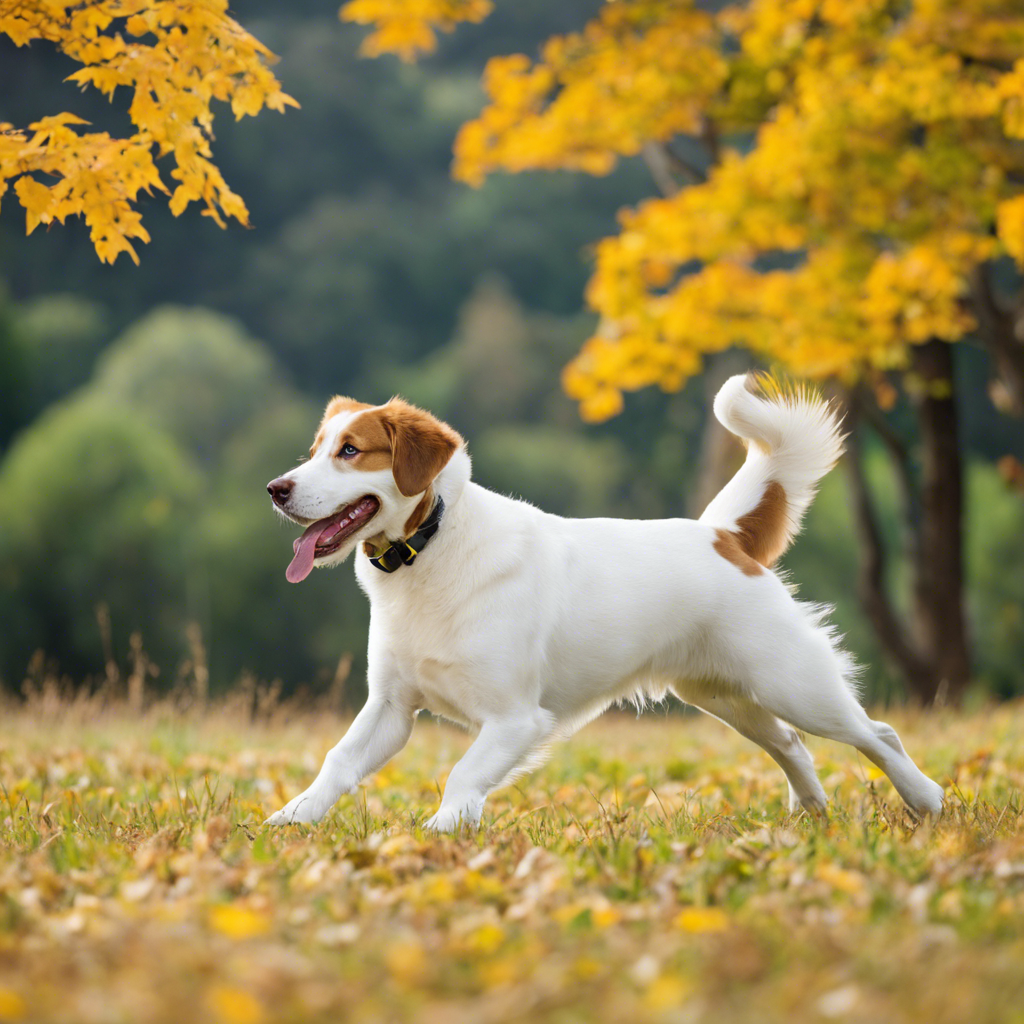Unveiling the unique exercise requirements of various dog breeds, this article provides an informative guide for dog owners.
Understanding the exercise needs of different dog breeds is essential for every dog owner. Each breed has unique characteristics and energy levels that influence their exercise requirements. From the lively Border Collie to the gentle Newfoundland, this article delves into a comparative study, offering insights into how various breeds approach physical activity. By exploring their exercise tolerance and preferences, we aim to provide dog enthusiasts with valuable knowledge to ensure their furry companions lead healthy and fulfilling lives.
Breed-Specific Exercise Requirements
Let’s explore some popular dog breeds and their distinct exercise needs.
Border Collies: Active and Agile
Known for their intelligence and high energy levels, Border Collies thrive on rigorous exercise routines. Daily exercise is essential for these dogs, including activities such as running, agility training, and herding exercises. They excel in sports due to their natural agility and quick learning abilities. Border Collie owners should provide ample opportunities for physical and mental stimulation to keep them healthy and happy.
Pugs: Lively but Moderate
Pugs, despite their playful nature, have specific exercise requirements due to their brachycephalic (short-nosed) breed characteristics. While they enjoy short walks and playtime, their exercise should be moderate and monitored. Owners should avoid overexerting them, especially in hot and humid conditions. Short, regular walks and indoor play sessions are ideal for maintaining their health and preventing potential respiratory issues.
German Shepherds: Energetic and Trainable
German Shepherds are highly energetic and versatile dogs, excelling in various roles from police work to search and rescue. Their exercise needs are significant, requiring at least two hours of daily exercise. Activities such as long walks, jogging, and interactive play sessions help meet their energy demands. These dogs are highly trainable and often enjoy participating in sports like agility and obedience trials.
Breed-Specific Activities and Considerations
Herding Breeds: Natural Instincts
Breeds like Border Collies and Australian Shepherds have strong herding instincts. Engaging them in herding exercises or dog sports that simulate herding can provide excellent mental and physical stimulation. These activities help fulfill their natural instincts and keep them content.
Exercise Ideas for Herding Dogs
- Herding trials
- Agility courses
- Treadmill training
Working Breeds: Mental and Physical Challenges
Working breeds, such as Labrador Retrievers and German Shepherds, thrive when given tasks that engage their minds and bodies. Incorporating training sessions and interactive games into their exercise routines can enhance their overall well-being.
Exercise Ideas for Working Breeds
- Obedience training
- Retrieving exercises
- Scent work games
Frequently Asked Questions
How do I know if my dog is getting enough exercise?
Signs that your dog is well-exercised include a healthy appetite, good sleep patterns, and a generally calm demeanor. If your dog exhibits restlessness, weight gain, or destructive behavior, it may indicate a need for more physical activity.
Can I over-exercise my dog?
While regular exercise is essential, it’s crucial to avoid overdoing it. Each breed has different exercise tolerance. Monitor your dog’s energy levels during and after exercise, and adjust the intensity and duration accordingly. Consult a veterinarian if you have concerns.
Conclusion
Different dog breeds have distinct exercise needs, and understanding these requirements is vital for responsible dog ownership. From the energetic Border Collie to the moderate-energy Pug, each breed has unique preferences and abilities. By tailoring exercise routines to their specific needs, owners can ensure their dogs remain healthy, happy, and fulfilled. This comparative study highlights the importance of breed-specific exercise, empowering dog enthusiasts to make informed decisions about their canine companions’ well-being.
Suggested External Links:
1. Exercise Tips for Dogs That Don’t Like to Exercise
2. How to Exercise Your Dog When It’s Hot Outside
3. How Much Exercise Does a Dog Need?
